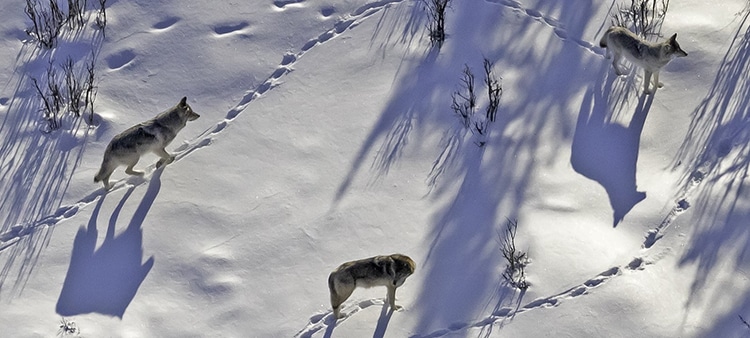
Wolves in snowy Michigan. (Photo: Michigan Technological University)
Nature is constantly in flux, and climate issues are accelerating the pace of change. Each year brings new and different developments across the United States. For wolves and moose in Michigan, one annual study has tracked the changes of 65 years for the two populations. The most recent annual report, covering the changes of 2022-23, was recently released, authored by Sarah Hoy, John Vucetich and Rolf Peterson of Michigan Tech’s College of Forest Resources and Environmental Science (CFRES). It announced that in Isle Royale National Park, wolves—once abundant but long struggling in the modern age—had risen in population to 31 critters, while moose numbers have dropped by 379.
The annual survey has catalogued moose and wolf populations in the National Park for decades. Isle Royale National Park is a beautiful main island surrounded by many smaller islands. In the park live a largely isolated population of wolves, moose, foxes, and other creatures. Each winter Michigan Technological University researchers camp out for seven weeks in snow-surrounded tents. This year, the researchers were on the island from January 20 to March 3, 2023. They carefully tracked, photographed, and investigated the animal inhabitants of the island.
The results are a mixed bag of uplifting and concerning. The good news first: wolves are rebounding. From 2015 to 2018, the population of the island was struggling. There were no pups as the group was too inbred. New wolves imported in 2018 shifted that trend. From one litter in 2019 to two in each of the succeeding two years, a whopping four litters are estimated to have been born in 2022. Born in spring 2022, three pups each in the main East and West packs survived the winter of 2023. More litters are expected to appear in 2023. In total, there are now 31 wolves on the island.
Their social structure is also changing. “Prior to the translocation of wolves to Isle Royale in 2018, the wolf population most commonly consisted of three stable packs and a small number of lone wolves,” Vucetich notes. “By contrast, over the past 12 months the population appears to be characterized by three to four reproducing groups, of which only two seem to have well-established territories, and many wolves that are not closely associated with an established pack.”
Unfortunately, the wolves’ success is tempered by the moose’s struggle. Moose numbers are down by 379—they went from 1,346 to 967 in the past year. From a 2019 peak, the population is down 54%. Calves are no longer 13% of the population, but now only a measly 2%. Wolves account for some natural predation, killing 26 moose during the weeks of observation. However, starvation is sadly the main driver of population decline. Balsam fir saplings have declined due to overbrowsing and spruce budworms. Moose are forced to graze upon the bark of other trees. Malnutrition takes a hard toll. However, this loss of population is not unprecedented. It mirrors a decline in the 1990s. While the complicated natural trends for the species on the island are studied each year, their trajectories are important natural indicators of how we can aid and assist nature.
Michigan is seeing a rebound in wolf populations in the Isle Royale National Park.
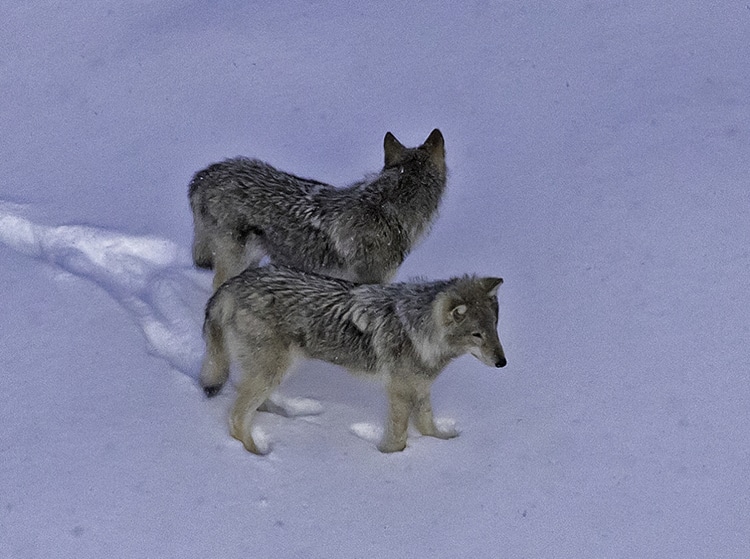
Sweet wolf pups. (Photo: Michigan Technological University)
Other animals such as foxes also frolic through the snowy woods.
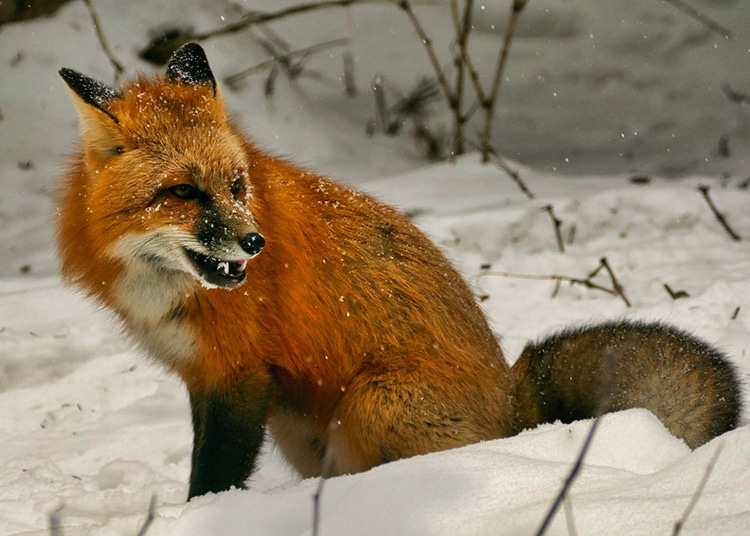
Foxes frolic in the park too. (Photo: Michigan Technological University)
Moose are also present; though, unfortunately, they’ve seen a decline in their population as of late.
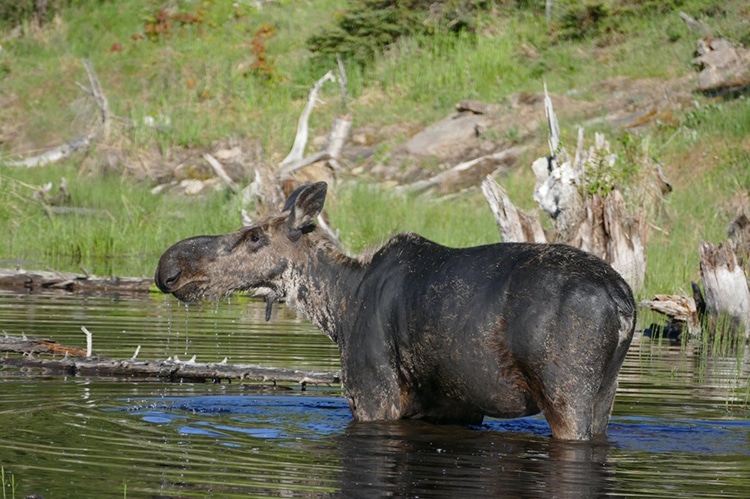
Moose populations are sadly declining in the region. (Photo: Michigan Technological University)
Researchers camp out to study all wildlife and keep track of their progress.
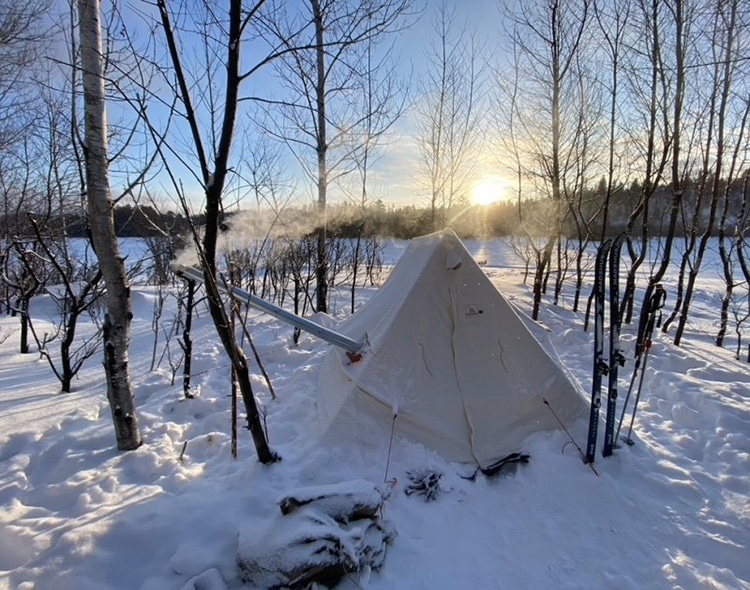
Winter camping for the researchers at Isle Royale. (Photo: Winter Study field crew members Isabella Evavold and Brenna Cassidy/Michigan Technological University)
h/t: [Smithsonian Magazine]
Related Articles:
Photographer Captures Hunting Prowess of Bald Eagles Catching Fish and Eating It in Mid-Air
Charming Finalists of the 2023 Comedy Pet Photography Awards
Woman Has Fed Generations of One Fox Family Every Day for the Last 25 Years
19th-Century Map Shows That Beaver Dams Can Last Over a Century
